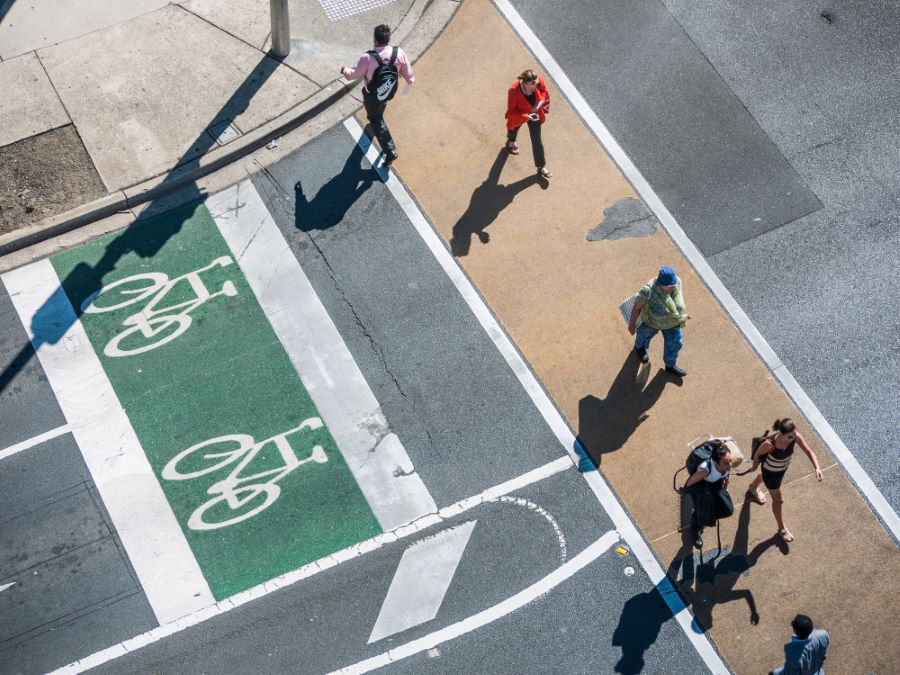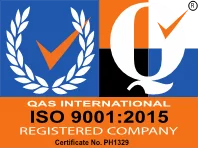Road marking maintenance plays a crucial role in ensuring the safety and efficiency of transportation in the Philippines. However, like most road-related work, certain challenges can accelerate the degradation of this critical safety feature, leading to bigger problems if not addressed promptly.
Road repair and maintenance is a vital aspect of overall road repair and maintenance. With constant wear and tear from heavy traffic, exposure to harsh weather, and the costs involved in materials, companies must carefully plan when and how to execute maintenance projects. This includes everything from material selection to project implementation.
In this article, we’ll explore the challenges associated with road marking maintenance and some best practices that can help ensure these markings last longer.
Challenges in Road Paint Maintenance
If road paint maintenance were simple, we would always have perfectly marked roads. Unfortunately, several factors can negatively impact the longevity of road paint, resulting in the worn, faded markings we often see on roads.
Here are some of the key challenges that affect road paint durability and maintenance:
Weather Conditions
One of the biggest challenges in road marking maintenance is the weather. Weather conditions, although uncontrollable, have a significant impact on both the application and lifespan of road paint.
The Philippines’ intense heat, frequent rains, and high humidity can cause premature paint degradation, leading to faded and chipped markings. This can leave roads poorly marked, compromising the safety of road users.

High Traffic Volumes
Heavy traffic, especially on national highways and busy urban streets, accelerates the wear and tear of road markings. The situation worsens when large vehicles like trucks, buses, and construction equipment pass over the markings, applying pressure that speeds up their fading and chipping.
In areas with high traffic volume, road marking maintenance must be performed more frequently to ensure that markings remain visible and continue to enhance road safety.
Material Selection
Choosing the right material for road marking is another challenge that can impact the durability of road paint. There are several types of road marking paints available, including water-based, solvent-based, and thermoplastic. Each type has its own advantages and limitations.
Selecting the appropriate paint type for specific conditions—considering factors like traffic volume, environmental conditions, and budget—can extend the life of road markings and reduce the need for frequent maintenance.
Adherence to Safety Standards
Of course, road marking maintenance can’t be done whenever you feel like it. Road marking maintenance must adhere to strict safety standards to ensure that markings are durable, clearly visible, and compliant with local regulations. Regular inspections should be carried out to ensure that maintenance efforts are consistent with these standards.
Failure to comply with safety regulations can result in poorly maintained roads and inconsistent markings, increasing the risk of accidents and hazardous driving conditions.
Budget Constraints
A big practical challenge in road paint maintenance is budget constraints. Maintaining the quality of road paints within a budget can really restrict your operations.
Many factors can affect the cost of road marking paint, so the paint itself isn’t cheap, combined with the cost of surface preparation, equipment, and labor, you’ll have yourself watching your numbers closely.
However, you should also consider that opting for cheaper materials can require more frequent touchups and maintenance – so it can come out more costly over time. Remember that investing in high-quality materials can lead to better returns in the long term.

Best Practices for Road Marking Maintenance
The challenges associated with road marking maintenance can be mitigated by following certain best practices. Below are some of the most effective strategies for maintaining road markings:
Regular Inspection and Assessment
Regular inspections are critical to road marking maintenance. By conducting routine assessments, teams can identify areas that require attention and plan timely repairs before markings become too worn.
During inspections, it’s essential to look for signs of deterioration such as chipping, fading, or cracking. Early intervention can prevent more significant problems and ensure the longevity of the road markings.
In planning maintenance activities, it’s also important to consider factors such as material costs, traffic patterns, and the size of the area requiring maintenance to avoid unnecessary expenses.
Use of High-Quality Materials
Using high-quality materials for your project can ensure that the road markings are visible for longer and that they last for longer. If your budget permits, try opting for materials like thermoplastic road paint to extend the lifespan of your road markings.
Thermoplastic paints also have reflective properties, which enhance visibility during low-light conditions, further contributing to road safety. While high-quality materials may come with a higher initial cost, they reduce the need for frequent reapplication, offering long-term savings.
Proper Application
Whether using preformed thermoplastic road paint or manually applying markings, proper application techniques are essential to ensuring uniformity and durability. Road markings should be applied carefully and evenly to withstand the daily stresses of traffic and weather.
Teams responsible for applying road paint must be trained to use the correct methods for different types of paint to achieve the best results.

Customized Road Marking Solutions
Customized road marking solutions can be highly beneficial, especially when dealing with specific road conditions. Factors like traffic flow, environmental considerations, and the unique needs of certain areas—such as bike lanes, pedestrian crossings, or parking spaces—can impact the performance of road markings.
Surface Preparation
Before you start to conduct road paint maintenance, preparing the area and ensuring that it’s clean and dry will allow the road paint to adhere to it better. Just make sure to also clear the surface of any debris, oil, and water before doing so.
Timing of Maintenance Work
The timing of maintenance work is also an important factor in road paint maintenance. Scheduling maintenance during periods of low traffic can minimize disruptions and enhance worker safety. Additionally, performing road paint maintenance during favorable weather conditions allows the paint to dry properly and adhere more effectively to the surface.
Safety Precautions During Maintenance
During road marking maintenance, you should make sure that safety precautions are in place for both workers and drivers. Using signage, cones, and barricades can help redirect traffic and ensure that your maintenance workers are safe from oncoming traffic. Your workers should also be wearing proper personal protective equipment (PPE) to minimize the risk of accidents.
Partnering for Successful Road Marking Maintenance
At Rua Seguridad, we understand that successful road marking maintenance requires careful planning, from choosing the right materials to scheduling maintenance and assembling the appropriate team. Regular road paint maintenance can save lives by ensuring that road markings remain visible and effective for years to come.
If you need high-quality road marking paint, feel free to reach out to us at Rua Seguridad. We’ll supply you with the right materials for the job. Contact us today to get started.



